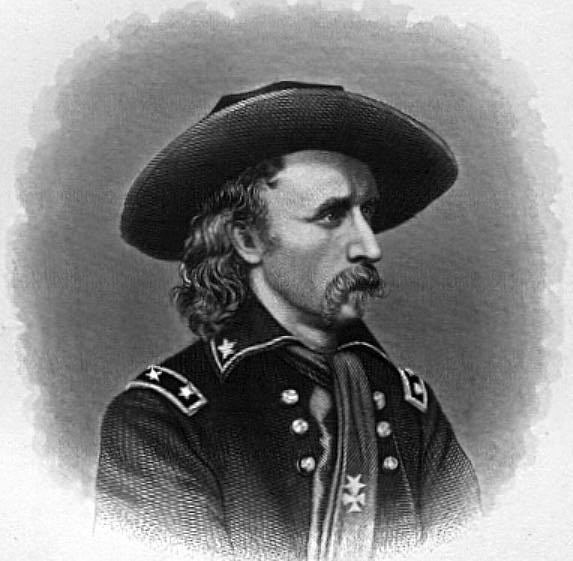Why Not Wounded Knee? A Tale of Two Monuments
By Christian Parenti
The ranger’s tone, like that of the viewing station texts, is not overtly offensive or backward. Custer is not portrayed as Errol Flynn, brave and valiant, putting down savagery in the service of civilization. That sort of off-the-hook bigotry would almost be refreshing, or at least entertaining. Instead, the Little Big Horn monument is imbued with a creepy and polite sterility. The language and images have all been updated for a post-’60s, “multi-cultural” America, but in the most technocratic I’m-okay-you’re-okay sort of way. This is perhaps best summed up in how we are told Custer was going to attack the village but never told what he would do there. Answer: massacre sleeping and unarmed Indians as he had done against Black Kettle’s already-beaten Cheyenne on the banks of the Washita in the Fall of 1868.
No wonder Wounded Knee lacks a federally funded park, with a walking path and placards illustrating the spot where Chief Big Foot bled into the snow. No wonder there have been no big archeological excavations with forensic analysis using the latest technology to match specific slugs to specific rifles and thus reconstruct during the massacre, as has been done at Little Big Horn. No doubt the VFW types and the retired cop I chatted with at Little Big Horn might find a Wounded Knee monument harder to digest. If America were portrayed as thief and thug in the past, might not school children ask awkward questions about the present?


No comments:
Post a Comment